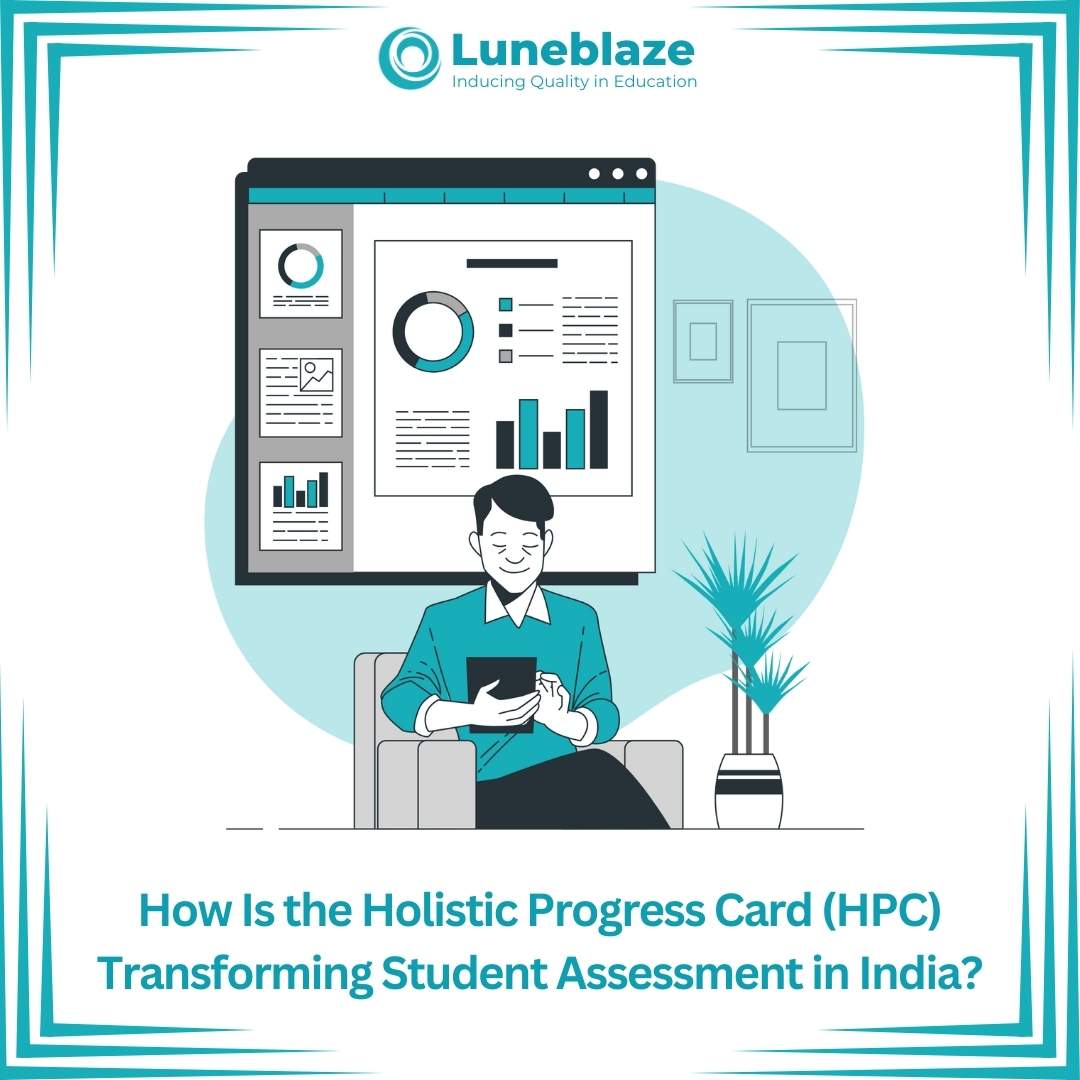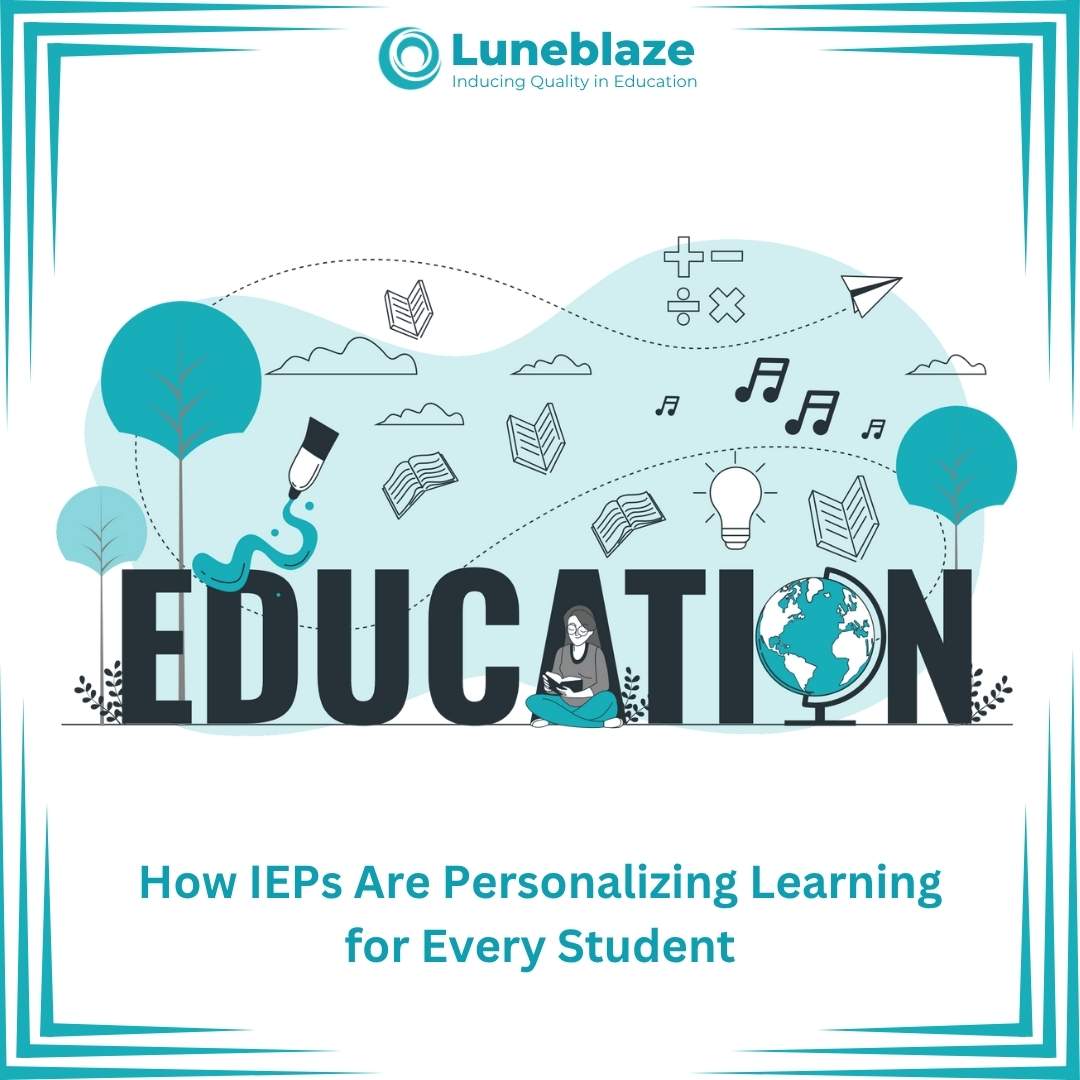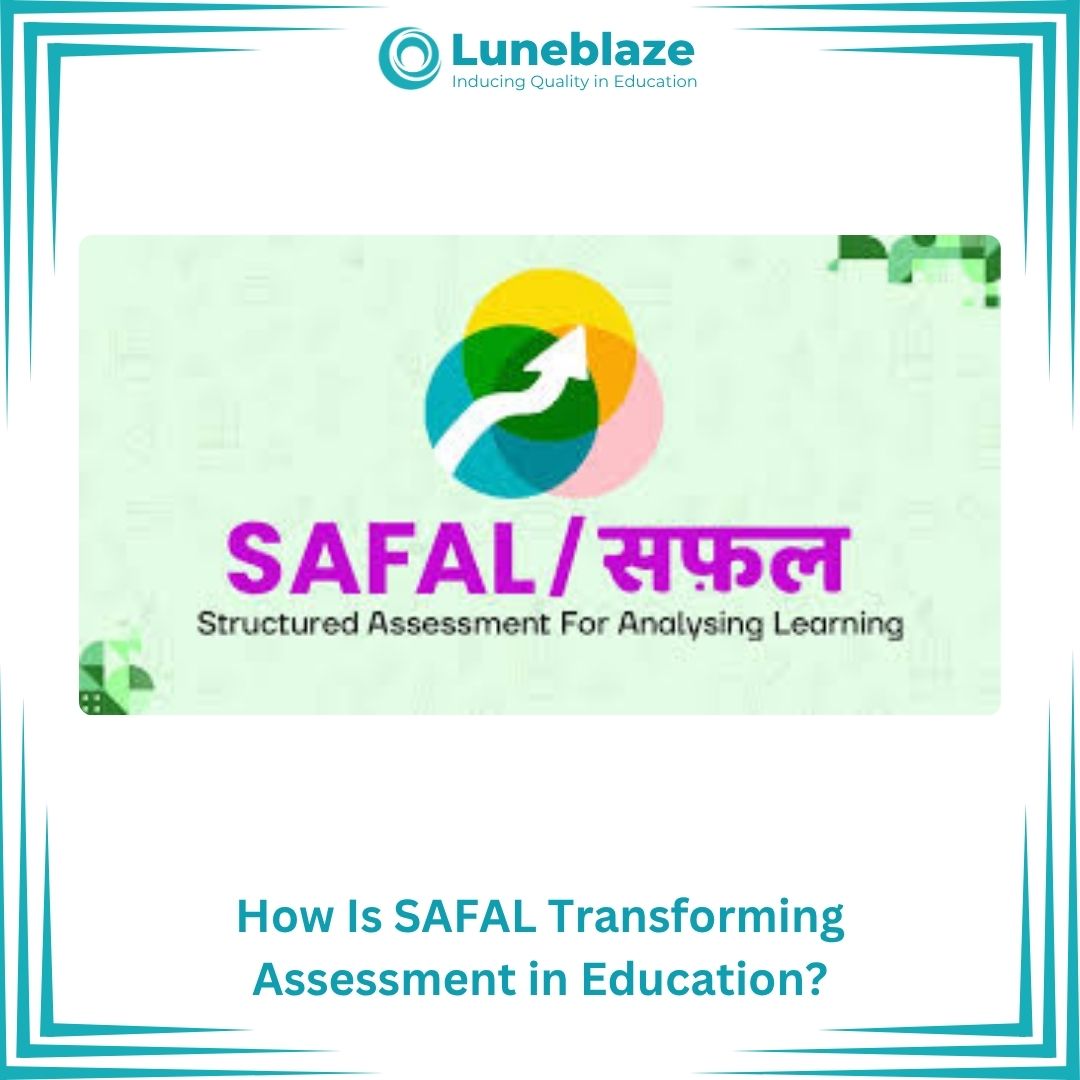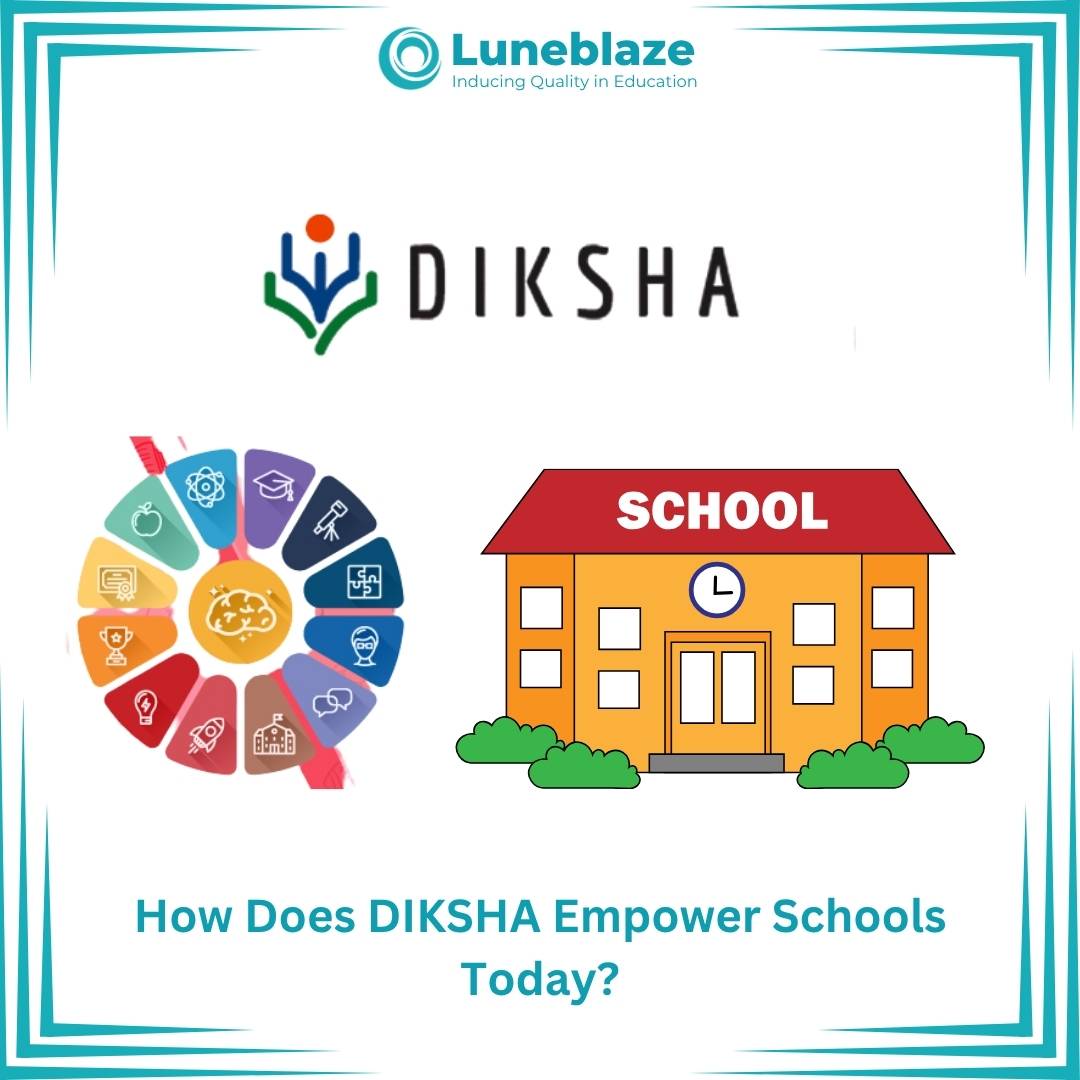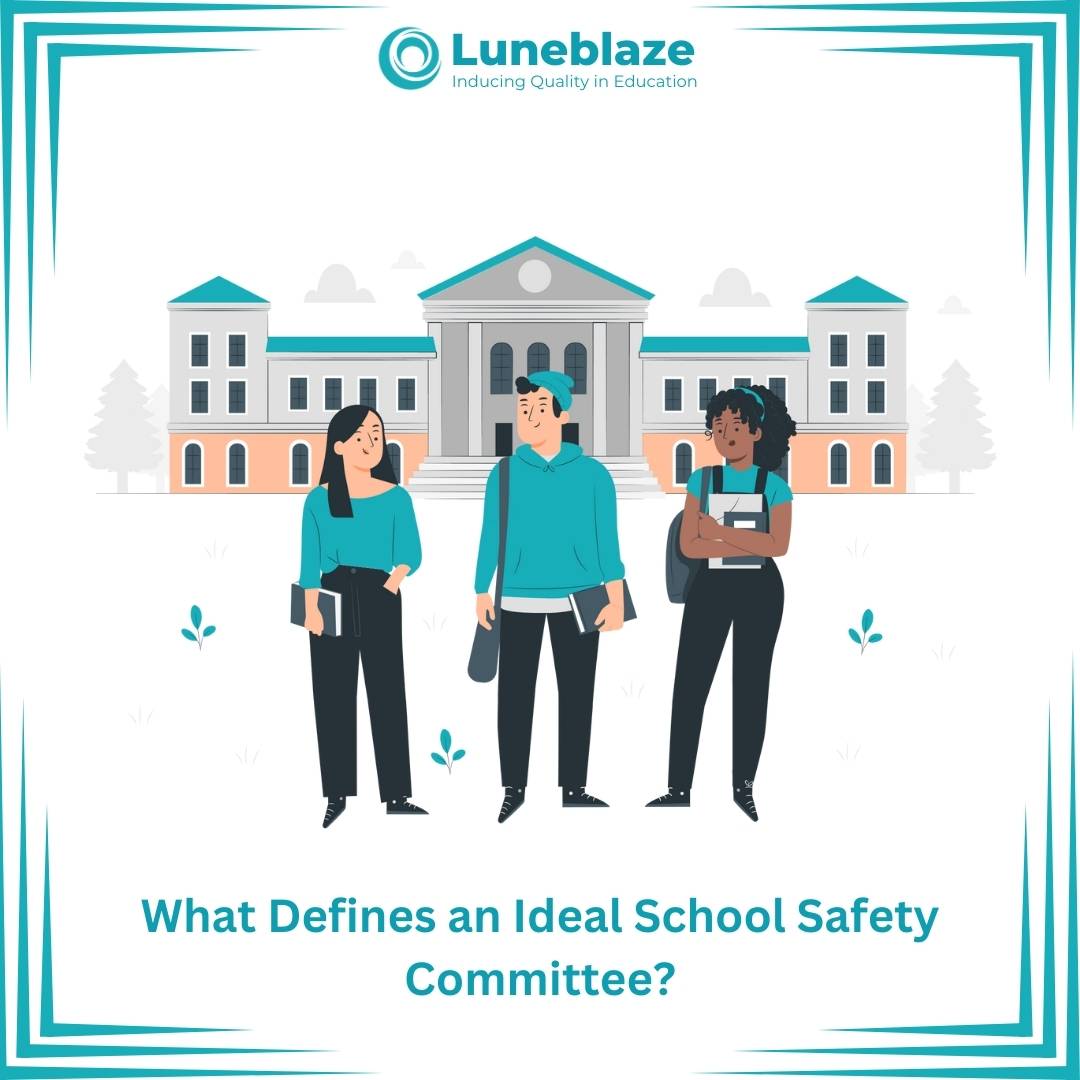Understanding the weightage of Domains in SQAA Framework
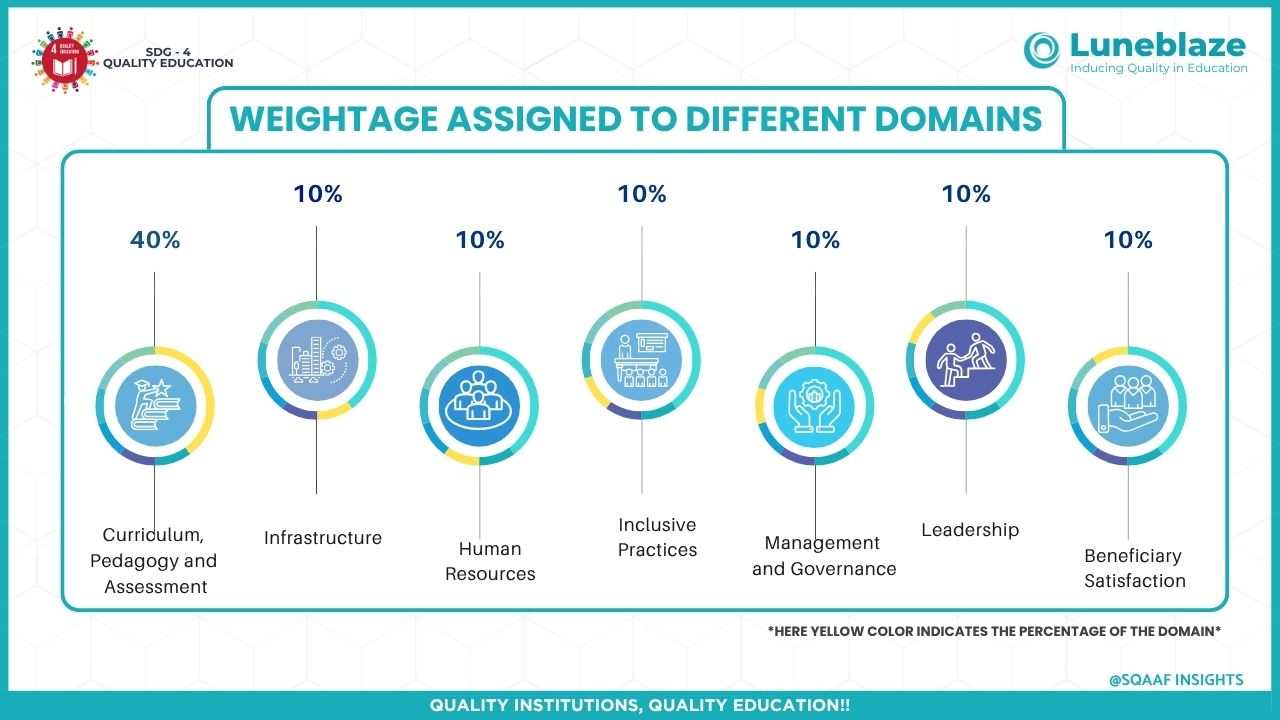
Oct 27, 2023
The School Quality Assessment and Assurance Framework (SQAAF) developed by the Central Board of Secondary Education (CBSE) is a landmark initiative aimed at standardizing and enhancing the quality of school education across India. Structured to promote a culture of continuous self-reflection, accountability, and innovation, the SQAA Framework provides a holistic structure for assessing every aspect of a school’s functioning. One of the most critical aspects of this framework is the specific weightage assigned to its seven domains, which indicates the relative importance of each area in the overall quality assessment. This blog delves deeply into the rationale, implications, and significance of the domain-wise weightage, helping institutions align their priorities and improvement strategies accordingly.
The Foundation of Domain Weightage
The SQAA Framework encompasses seven broad domains, each representing a key aspect of school effectiveness. While all domains contribute to quality assurance, they are not considered equal in impact. The rationale behind their weightage is rooted in their direct or enabling influence on student learning outcomes, which is the ultimate goal of any educational institution.
1. Curriculum, Pedagogy, and Assessment (40%)
The "Curriculum, Pedagogy and Assessment" domain focuses on how students achieve excellence through a wide range of inclusive and innovative policies, practices, and well-defined outcomes. This allows for holistic, cohesive, and free learning spaces. The domain encompasses various student-friendly systems and operations that make education a functional and living entity, covering both academic and non-academic processes and products. Key aspects include teachers’ subject knowledge, understanding of student learning, creation of positive classrooms, teacher-student interactions, teaching-learning methodologies, integration of arts, values, life skills, sports, use of interdisciplinary approaches, informal assessments, continuous staff development, inclusivity, and fostering a culture of innovation. The sub-domains include:
1.1 Curriculum Planning
1.2 Teaching Learning Processes
1.3 Student Enrichment, Skill based/Vocational Education Programmes embedded in the Annual Curriculum and Pedagogical Plan
1.4 Mainstreaming Physical Education and Sports
1.5 Values and Ethos
1.6 Student Performance, Assessment of Learning Outcomes and Feedback and Learning Enhancement Programme
1.7 Early Childhood Care and Education and Foundational Literacy and Numeracy
Why 40%?
Because this domain directly influences what students learn and how effectively they learn it. NEP 2020 emphasizes transforming the education system by reimagining curricula and pedagogy to suit 21st-century skills and global competencies. Curriculum, pedagogy, and assessment form the operational core that determines educational quality. Hence, the high weightage reflects its immediate and measurable impact on student performance and school effectiveness.
2. Infrastructure(10%)
The "Infrastructure: Adequacy, Functionality and Aesthetics" domain is dedicated to ensuring that schools provide a safe, secure, clean, and green environment for all students. It focuses on the provision of facilities related to space, safety requirements, health management, and aesthetic appeal. The goal is to create learning spaces that foster a happy environment conducive to learning. This domain specifically addresses the adequacy, functionality, and aesthetics of all enabling resources, including crucial provisions for accessibility for differently-abled individuals. The sub-domains include:
2.1 Classrooms, library, laboratories, computer labs, ICT facilities and rooms for different activities
2.2 Principal’s Office, Staff room and Administrative Offices
2.3 Infirmary and Health Management Facilities
2.4 Water, Sanitation Facilities and Waste Management
2.5 Furniture
2.6 Lighting and Ventilation
2.7 Eco friendly orientation and integration of Organic Living in Curriculum
2.8 Safety Provisions
2.9 Playground and Sports Facilities
2.10 Hostels (Only for Residential Schools and separate for Boys and Girls)
2.11 School Canteen (For Day Schools)
2.12 Transport and Escort Facility
Why 10%?
A safe, well-equipped, and visually engaging learning environment supports student participation and focus. However, infrastructure is considered an enabler—it facilitates learning but doesn’t directly dictate learning outcomes. Therefore, it is assigned 10% weightage, balancing its supportive role with the core instructional processes.
3. Human Resources (10%)
The "Human Resources" domain emphasizes that staff are an integral part of any school, responsible for ensuring student learning outcomes across all curricular areas and for facilitating the connection between parents, students, and the school. This domain initially addresses the fundamental aspects of recruiting adequate staff and then extends to cover Service Rules and Records, Recruitment Practices, Academic Supervision, and Continuing Professional Development. It encompasses all school employees, both teaching and non-teaching. The domain particularly highlights policies and practices that foster a conducive, nurturing work environment, promoting and encouraging innovation and collaboration. Furthermore, it underscores the instrumental role of stakeholder involvement, including family and community partnerships, in ensuring that students achieve their specific and targeted goals. Parents, students, alumni, and the broader community are explicitly recognized as valuable resources that support the school in achieving its educational objectives. The sub-domains include:
3.1 School Staff – teaching and non teaching
3.2 Parents
3.3 Students
3.4 Alumni
3.5 Community
Why 10%?
Teachers are the key drivers of curriculum delivery. Well-qualified, adequately trained, and motivated educators are essential for effective classroom engagement. However, the actual demonstration of their effectiveness is reflected through pedagogy and assessment, justifying a moderate but significant 10% weightage.
4. Inclusive Practices (10%)
The "Inclusive Practices" domain asserts that schools must fundamentally transform their systems and processes to support and address the individual needs of every child. This requires adopting an effective model of inclusive education and cultivating an environment where all students have ample opportunities to flourish. Inclusive schools are characterized by their commitment to valuing all students as equal members of the school community, actively engaging them in a wide range of academic and non-academic activities, irrespective of their abilities. The sub-domains include:
4.1 Barrier free environment
4.2 Games, Sports and other Recreational Facilities
4.3 Transportation Facilities
4.4 Overcoming Attitudinal Barriers
4.5 Self Special Equity Projects
Why 10%?
Inclusive practices ensure equitable access to learning for all children, thus aligning with NEP 2020 and SDG-4 goals. While inclusion creates the right conditions for learning, its influence is indirect, hence an equal 10% weightage as an enabling domain.
5. Management and Governance (10%)
The "Management and Governance" domain posits that effective leadership begins with a collaboratively developed vision involving all stakeholders. It emphasizes that robust management and governance systems ensure that processes and practices are consistently aligned with this vision and deeply embedded within the school's operational fabric. The core values and beliefs of the school are intended to shape a cohesive culture where every individual embodies these principles. This domain covers policies related to institutional planning, the conservative use of resources, sound financial management, and fostering interconnectedness within the school to ensure efficiency. Importantly, these policies are designed to be tempered with human values of care and compassion. The sub-domains include:
5.1 Vision and Mission Statement
5.2 Institutional Planning
5.3 Effective Coordination
5.4 Resource Management
5.5 Relationship Management
5.6 Activity Management
5.7 Data and Record Maintenance
5.8 Oral/Virtual/Online and Written Communication
5.9 Financial and Fee Administration
5.10 Admission Process
Why 10%?
Efficient governance is crucial for the sustained functioning of schools. Good governance translates to effective decision-making, but its effect on student learning is systemic and indirect. It therefore earns 10% weight as a necessary enabler.
6. Leadership (10%)
The "Leadership" domain emphasizes that school leadership is a powerful force in realizing the school's mission and fostering student learning and development. It highlights the pivotal role of Principals in providing instructional leadership. A visionary leader is expected to understand how learning occurs, create conducive learning environments, and view knowledge as personal experiences constructed within the shared context of teaching and learning, rather than merely as information embedded in textbooks. Such a leader must also be sensitive to the social, professional, and administrative contexts necessary for effective operation and develop appropriate competencies to facilitate scaffolding. Beyond intellectual development, an effective leader cultivates artistic and aesthetic sense in students and addresses the diverse learning needs of all children, including those who are marginalized or differently abled. A leader consistently strives for innovation across various practices and activities, providing comprehensive support for new ideas to flourish. Furthermore, the framework positions appraisal as a continuous educational process for leaders. The sub-domains include:
6.1 Pedagogical Leadership
6.2 Collaborative Leadership
6.3 Systems for Ongoing Quality and Change Management
Why 10%?
Strong leadership ensures alignment between policies and classroom practices. Leaders influence school culture and drive reforms. Though highly impactful, leadership supports rather than replaces direct instructional quality, justifying a balanced weight.
7. Beneficiary Satisfaction (10%)
The "Beneficiary Satisfaction" domain asserts that schools achieve success when they garner the understanding, commitment, and support of all stakeholders. It posits that school personnel should actively seek opportunities for collaboration to transform the institution into a hub of excellence. The school is expected to foster effective communication and interpersonal skills, which in turn lead to improved social skills among all members. The benefits of involving all stakeholders in decision-making are manifold: schools can cultivate collaboration with community stakeholders to bolster student learning, establish formal channels for listening and communication, and productively leverage collective knowledge and skills to enhance the school's operations and improve student learning outcomes. The sub-domains include:
7.1 Satisfaction of Students
7.2 Satisfaction of Staff (Teaching and Non-Teaching)
7.3 Satisfaction of Principal
7.4 Satisfaction of Parents and Alumni
7.5 Satisfaction of Community
7.6 Satisfaction of Management
Why 10%?
Satisfaction levels are indicators of the school’s responsiveness and overall health. They ensure stakeholder voices are acknowledged, but since they are subjective and indirect, they are given 10% weightage.
Implications for Schools
The domain-wise weightage highlights how schools should approach self-assessment and improvement:
Prioritize teaching-learning quality (Curriculum, Pedagogy, and Assessment)
Strengthen enabling domains through sustainable practices
Align institutional strategies with NEP and SDG objectives
Use the SQAA domain weightage as a planning blueprint for academic and administrative excellence
Conclusion
The SQAA Framework offers a robust pathway for schools to evaluate and enhance their performance. By assigning differentiated weightages, it clearly signals the importance of academic processes while recognizing the critical role of enablers. Schools that understand and align with these priorities are better positioned to ensure holistic student development, institutional growth, and long-term educational impact. As the education ecosystem evolves, SQAA will continue to act as a compass guiding schools toward inclusive, engaging, and outcome-oriented excellence.
To assist schools in their SQAAF Journey, Luneblaze provides a comprehensive AI-enabled end-to-end solution to schools for all their accreditation criteria needs, be it documents & evidence creation, self-assessment filing support on the CBSE SQAAF portal, workflow management, faculty trainings, audits, and consultancy support.
Together, let’s raise educational standards. Partner with Luneblaze for SQAAF success. Reach out: sqaaf@luneblaze.com
Trusted by
100+
Institutions
worldwide
since 2017
Get started with Accreditation Excellence
Explore how our AI-enabled accreditation solution simplifies the accreditation journey

